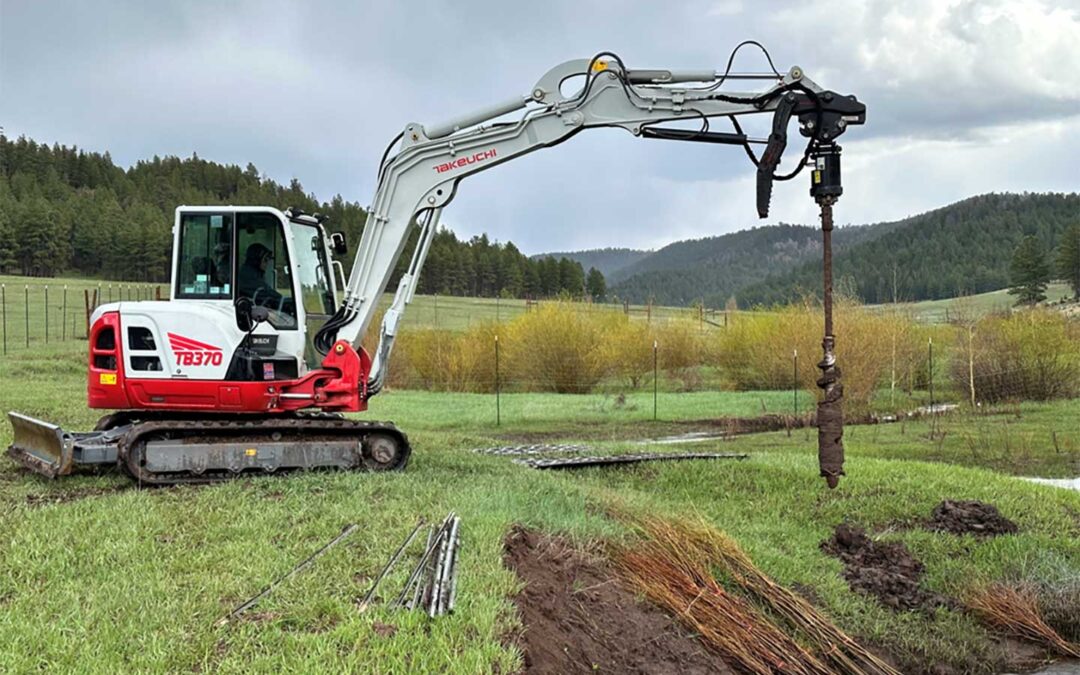A mini-excavator is used to auger holes as we plant thousands of willow poles. Mature willows and exclosure fencing in the background date from 2012.
Beavers Wanted: Habitat Available
Rito Peñas Negras is a channelized stream, with reaches that are cut off from its floodplain and lack woody vegetation. In 2021, Rio Grande Return began planting willows and installing instream structures to kickstart its recovery. So far, we have built over 400 Beaver Dam Analogues (BDAs), Post-Assisted Log Structures (PALS), and Large Woody Debris Structures (LWD) along 5.2 stream-miles. The project aims to raise the water table, trap sediment, aggrade the streambed, encourage natural meandering and floodplain connectivity, boost habitat complexity, and establish healthy vegetation to support beaver habitat. We have also planted thousands of willows and cottonwoods and reconfigured smaller fenced plots into larger exclosures. This reduced the total fenced area but made the area more continuous along the stream, as well as providing gates for easier access to the stream. Upland erosion is also being tackled with hand-built rock structures.
This work builds on a 2012 project that planted thousands of willows, now grown into mature thickets, offering shade and forage for wildlife. Aspen and cottonwoods that were also planted during the effort are now nearly 30’ tall and spreading naturally. Our BDAs are designed to spread water across the floodplain, creating inviting, ponded habitat for beavers to return and thrive.
RGR has hosted workshops and field trips to share this work, with groups like Albuquerque Wildlife Federation, Santa Fe National Forest, and members of the 2:3:2 Collaborative and Rio Chama Collaborative Forest Landscape Restoration Project helping build BDAs and erosion control structures on site. The National Forest Foundation is helping to support the work.
The project is working as intended. When the New Mexico Environment Department (NMED) listed Rito Peñas Negras as impaired for temperature, turbidity, and nutrients in 2022, it reflected years of degradation. After sampling again in 2024 – while restoration was underway – NMED officially lifted the turbidity impairment, showing that the restoration treatments are successfully improving water quality.
But we aren’t finished. Some stream sections are so entrenched they will require an iterative, multi-year approach. True floodplain reconnection and full revegetation may take 10-20 years, but if beavers join the work, that recovery could come even sooner. The site was degraded over the course of 200+ years through heavy grazing, logging, and other agricultural usage, so it is expected that it will take a long-term commitment to restore it.
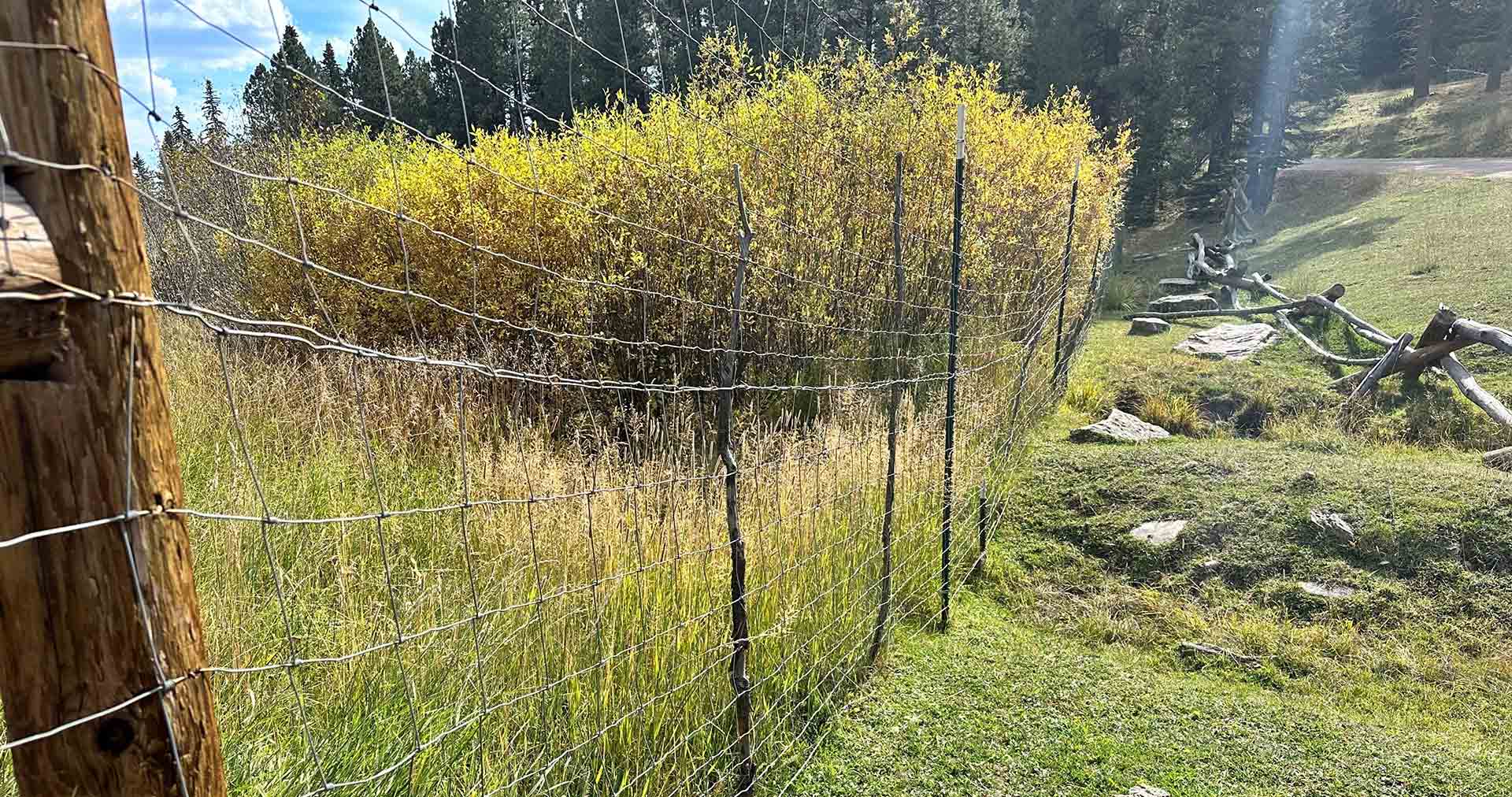
Plants inside an exclosure (left side of fence) are flourishing because they are protected from elk and cattle grazing.
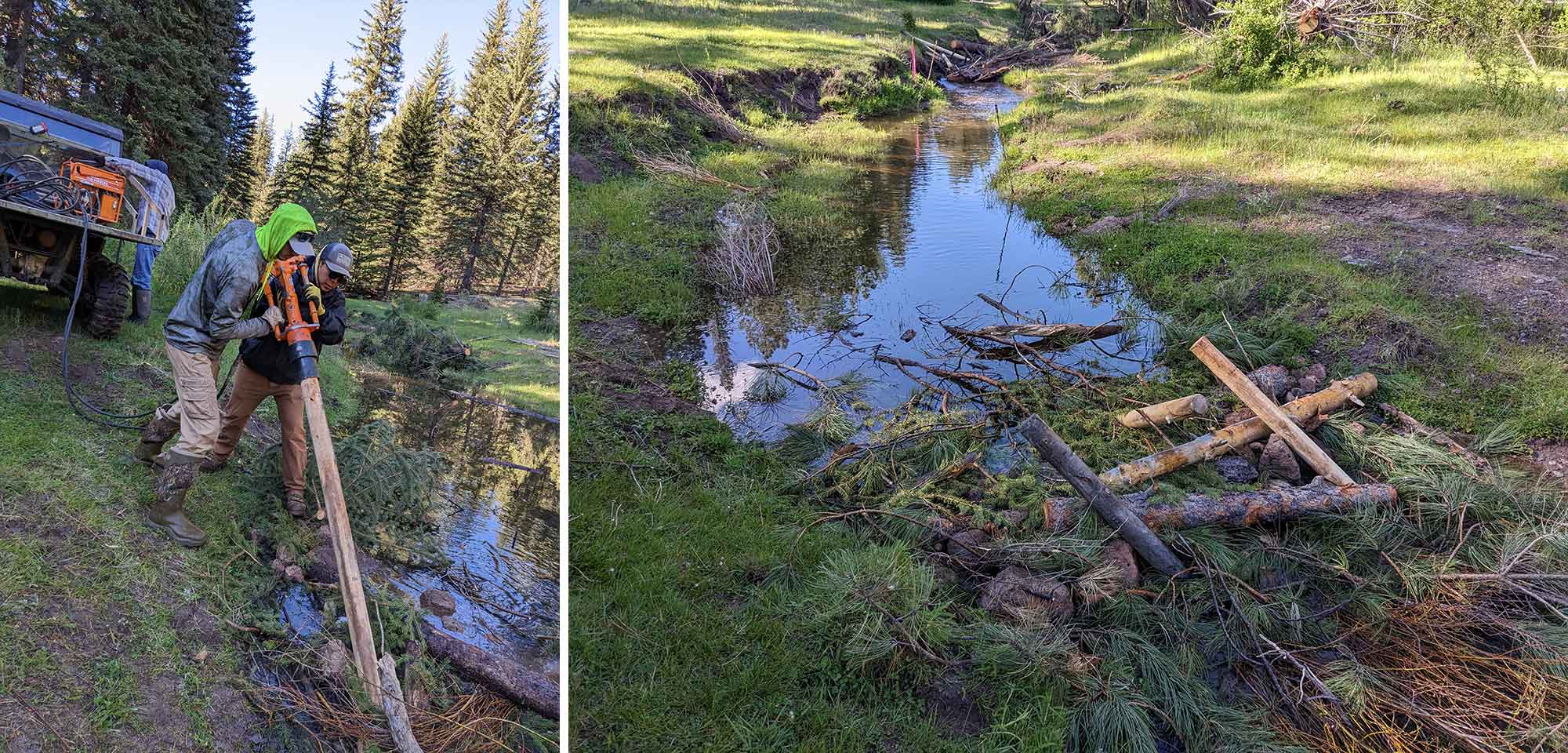
In addition to strong muscles, sometimes a hydraulic post pounder is needed to build beaver dam analogues!
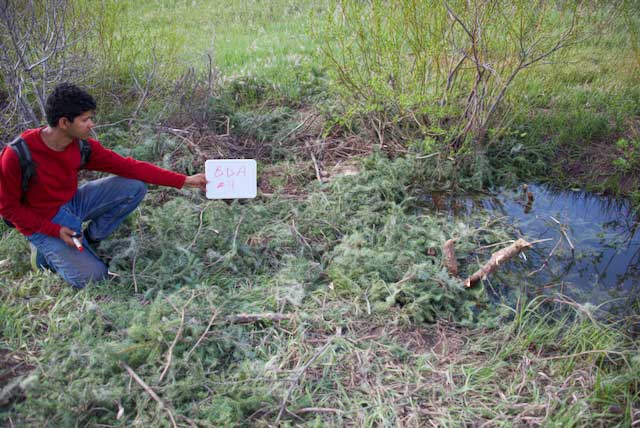
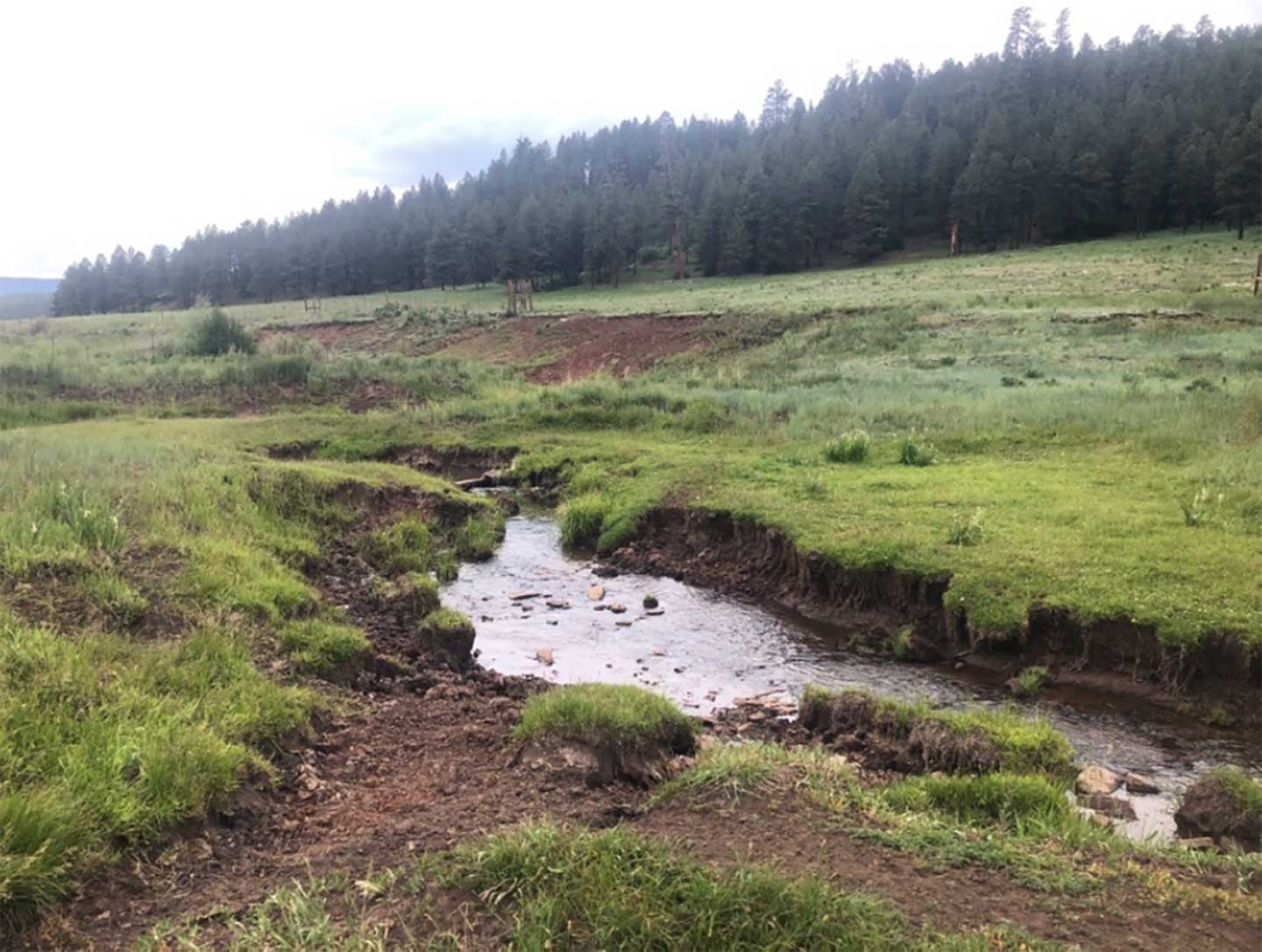
Rito Peñas Negras is still incised and channelized where it has not been treated.
